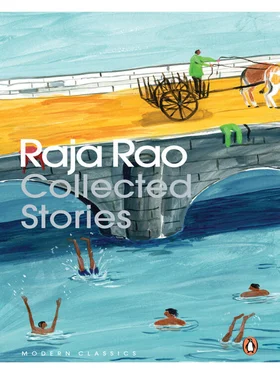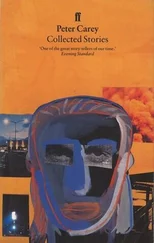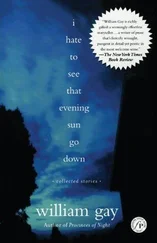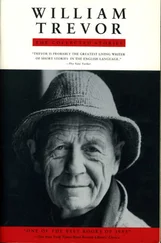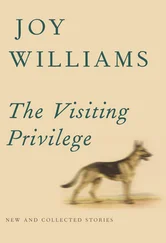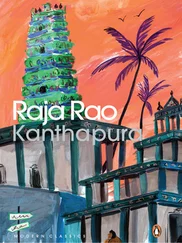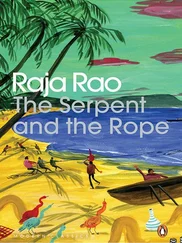4. Braj B. Kachru, The Indianization of English: The English Language in India. Delhi: Oxford University Press, 1983.
5. Raja Rao, Kanthapura. London: Allen and Unwin, 1938. Reprinted 1963, New York: New Directions. Subsequent citations from the American edition are indicated in the text parenthetically by page number.
6. Raja Rao, The Serpent and the Rope. London: John Murray, 1960. Subsequent citations from this edition are indicated in the text parenthetically by page number.
7. I have not been able to trace the source of this quotation.
8. Chāndogya Upaniṣad , VI.8.7, in The Principal Upaniṣads , ed. & trans. S. Radhakrishnan. London: Allen and Unwin, 1953, p. 458.
9. Raja Rao, ‘The Writer and the Word’, The Literary Criterion 7.1 (Winter 1965): 231.
10. Robert Redfield, Peasant Society and Culture: An Anthropological Approach to Civilization. Chicago: University of Chicago Press, 1956, pp. 67–104.
11. Janet Powers Gemmill, ‘The Transcreation of Spoken Kannada in Raja Rao’s Kanthapura ’, Literature East and West 18.2–4 (1974): 191–202.
12. Gemmill, ‘The Transcreation of Spoken Kannada in Raja Rao’s Kanthapura ’, p. 194.
13. C.D. Narasimhaiah, ‘Indian Writing in English: An Introduction,’ The Journal of Commonwealth Literature 5 (1968): 14.
14. Quoted in M.K. Naik, Raja Rao . Twayne World Authors Series. New York: Twayne, 1972, p. 106.
15. Louis Dumont and David Pocock, ‘On the Different Aspects or Levels in Hinduism,’ Contributions to Indian Sociology 3 (July 1959): 45.
16. Bhavabhuti, Rama’s Later History ( Uttararāmacarita ), part 1: Introduction and Translation by Shripad Krishna Belvalkar. Harvard Oriental Series, 21. Cambridge, MA: Harvard UP, 1915, p. 39.
17. Raja Rao, The Cat and Shakespeare . New York: Macmillan, 1965, pp. 8–10. Subsequent citations from this edition are indicated in the text parenthetically by page number.
18. Arthur Avalon, ed. Kulacūḍāmaṇi Nigama , with an introduction and translation by A.K. Maitra. Madras: Ganesh & Co., 1956, ch. 1, verses 25–26.
19. Raja Rao, The Policeman and the Rose: Stories. Delhi: Oxford University Press, 1978, p. 88. Subsequent citations from this edition are indicated in the text parenthetically by page number.
20. Rabindranath Tagore, Stories from Tagore . New York: Macmillan, 1918, p. 122. Subsequent citations from this edition are indicated in the text parenthetically by page number.
21. Integral Yoga Institute, ed. Dictionary of Sanskrit Names . Yogaville, Buckingham, VA: Integral Yoga Publications, 1989, p. 57.
22. Sushil Kumar De, ed., and Rev. V. Raghavan, The Meghadūta of Kālidāsa , 3rd ed. New Delhi: Sahitya Akademi, 1982, verse 11.
23. Raja Rao, On the Ganga Ghat . Delhi: Orient Paperbacks, 1993, p. 112. Subsequent citations from this edition are indicated in the text parenthetically by page number.
24. Sankara, Ātmabodhaḥ: Self-Knowledge , trans. Swami Nikhilananda. Madras: Sri Ramakrishna Math, 1967, p. 261, verse 11.
1. A hospice for travellers, mainly pilgrims.
1. A stone rising out of the ground, carved with images of the gods.
1. Families for thousands of years, so it is said, have inherited these privileges.
1. Famous for its association with Sri Krishna.
1. Both a cafe and a restaurant are called hotels.
2. Bhedia here confused the heroes of the Mahabharata and the Ramayana.
1. Gossip.
2. An orthodox Hindu woman never mentions her husband’s name and always refers to him in third-person plural.
3. E=MC 2: In relativity theory, it represents ‘Energy is equal to M-mas x C 2—the square of the speed of light.’
1. Banarasidas — Devotee of Benares, a fairly common name all over north India.
1. A romantic operatic play.
2. Himavathi means ‘daughter of the snows’.
3. The deeply revered contemporary woman saint.
1. A tribal people of central India.
1. A thousand instructions.
